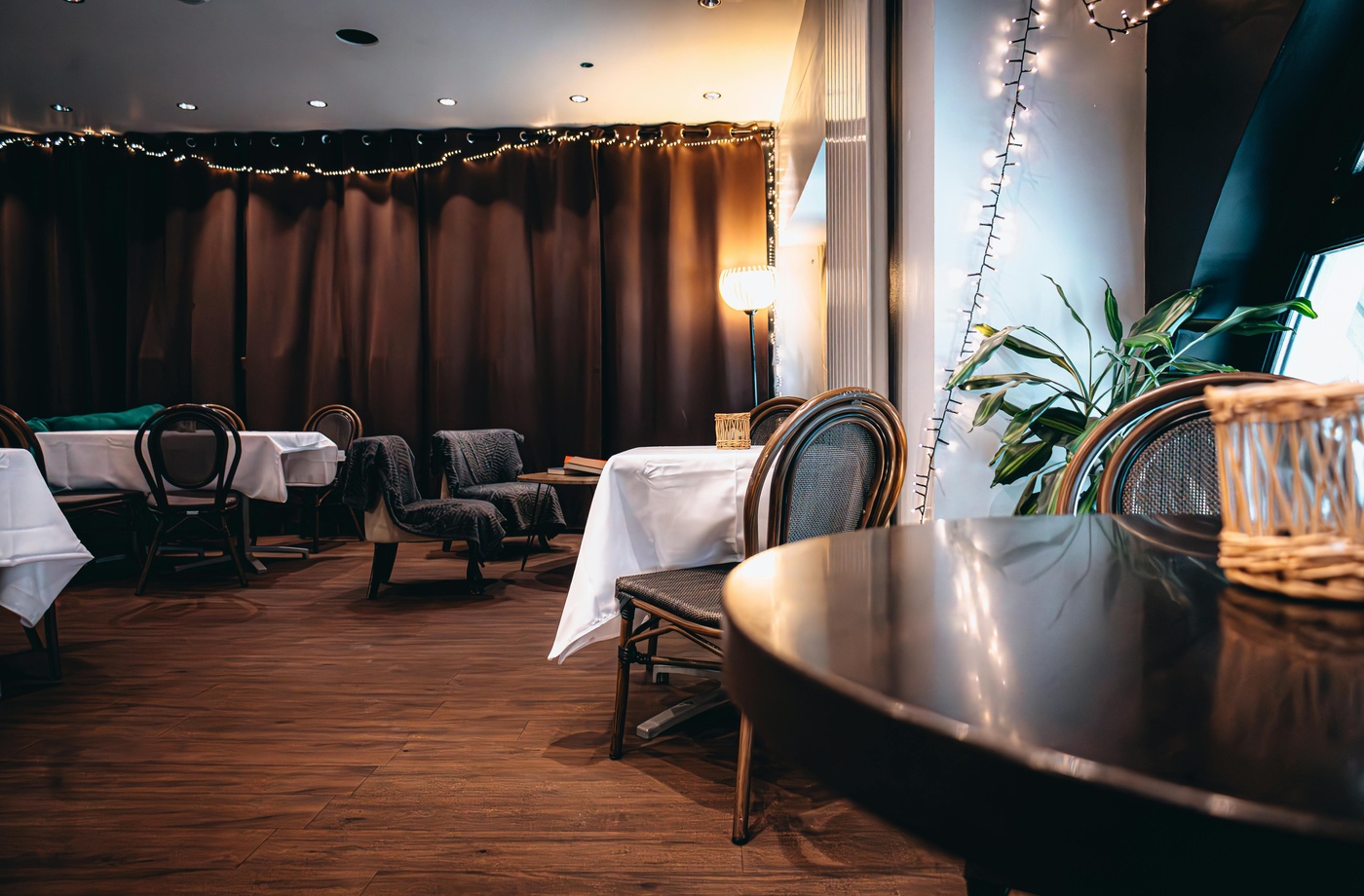In the hands of skilled chefs, smoke becomes more than just a cooking method—it’s a flavor-builder, a signature, and often the soul of the dish. From hickory to mesquite, different woods impart distinct character to meats, vegetables, and even desserts. Across the U.S., restaurants are using regional wood varieties to add complexity, aroma, and storytelling to the plate.
Understanding Smoke as a Culinary Tool
Each type of wood brings a unique profile to the grill, smoker, or open flame. The intensity, sweetness, and finish of the smoke vary by species, moisture content, and burn method. For chefs, selecting the right wood is as crucial as choosing the perfect cut of meat or seasoning blend.
Hickory – Rich, Robust, and Classic
Often associated with Southern barbecue, hickory delivers bold, bacon-like flavor and deep smoke penetration. At Franklin Barbecue in Austin, Texas, hickory is used to slow-smoke brisket for hours, producing a tender texture and unmistakably rich crust. Its boldness makes it ideal for pork shoulders, ribs, and hearty beef cuts.
Mesquite – Intense and Earthy
Known for its strong, earthy punch, mesquite is commonly used in Texas and the Southwest. It burns hot and fast, making it perfect for quick sears and flame-kissed steaks. Chef Tim Love of Lonesome Dove Western Bistro in Fort Worth uses mesquite to bring a wild, primal edge to game meats and tomahawk chops.
Cherry – Sweet, Subtle, and Versatile
Cherry wood is prized for its mild smoke and hint of fruitiness. It’s often used in combination with stronger woods to soften the flavor. At Blue Hill at Stone Barns in New York, chefs use cherry wood for delicate proteins like duck and poultry, as well as vegetables like smoked beets and carrots. It adds depth without overpowering the ingredients.
Apple – Mild and Fruity
Apple wood is a favorite for smoked poultry, pork, and fish due to its gentle, sweet smoke. Restaurants like The Publican in Chicago often use apple wood for their signature smoked pork dishes, enhancing them with a subtle, fragrant layer of complexity.
Oak – Balanced and Bold
Oak offers a balanced flavor with medium intensity and is often used for both red meats and vegetables. At Asador Etxebarri in Spain—considered one of the best grill restaurants in the world—oak embers are used to cook nearly every dish, from smoked caviar to fire-roasted leeks.
Pecan – Nutty and Aromatic
Less common but growing in popularity, pecan wood produces a mild, nutty smoke that works well for poultry and vegetables. In the South, chefs are embracing pecan for its ability to blend richness with restraint, often pairing it with glazes or spice rubs for added dimension.
Conclusion
The choice of wood isn’t just about heat—it’s about flavor identity. Whether it’s hickory’s boldness, cherry’s sweetness, or mesquite’s intensity, chefs use smoke with precision and purpose. From wood to plate, the story of fire-cooked food is one of artistry, tradition, and ever-evolving innovation.



